Ketza
Posts: 2227
Joined: 1/14/2007
From: Columbia, Maryland
Status: offline

|
quote:
ORIGINAL: BoredStiff
quote:
How did you guys get started?
As a young teenager, mid 1970's, I was into reading WW2 books and building models - or trying to. I dabbled in making my own wargames, using maps of the world I drew myself on large 2'x3' poster stock. That never worked out too well, since the throw-one-die, win-or-lose thing didn't grab me. But that's all I had and it was fun drawing the maps, which I really got good at. Sometimes I'd even throw in a fictional continent, usually Atlantis.
I also played Stratego at that time which was moderately interesting. I once even made a custom Stratego map, using yet another sheet or two of large poster stock, complete with oceans and special ship units that could do battle, like the real Stratego pieces, as well as transport the Stratego pieces. The ship units were just pieces of paper, with one end folded up in an L-shape, which had the unit information on it so only the owning player could see it.
Basically, Stratego on steroids.
One day in 1977, or thereabouts, I went to Queens Center Mall (it's still there, in Queens, New York). I went into a bookstore, it might have been Brentanos, and saw a couple of interesting boxes on one of the shelves - they were wargames. Up until that point in time, I never even knew these things existed, which is odd in hindsight, since I'd been to model airplane stores before.
Anyhoo, one particular game on the Brentanos shelf really caught my attention. It looked very interresting because it covered the part of WW2 that interested me the most. I didn't have much money and was a bit leery about spending it on something I knew nothing about. But the game was enticing enough for me to buy it. I think it cost around $12.
I remember at first being a bit disappointed upon opening the box at home and seeing the cheap cardboard cutouts that were the units.
The map however was nice and I started reading the well-written, concise rules manual. Actually, I ended up reading the rules 3-4 times because there seemed to be something missing. The rules kept referring to two sizes of units, Corps and Armies, yet I could not find anyplace in the manual which showed how these sizes were denoted on the units themselves. Try as I might, the information just wasn't there.
For this reason, the game went into the closet and remained unplayed for several months. I must have considered sending a short question to Avalon Hill regarding this issue, but for some reason I just didn't.
The issue kept nagging at me and I would from time to time take another glance at the rulebook to see if I had missed anything - but no luck. It's not like it was a large rulebook, as it was only a little more than four pages. At one point I even reread the entire rulebook once or twice yet again.
The game thus lingered in the closet for about two years until one day I tried once again to see what I may have missed.
And there was the info, right near the start on the first page!
To this day, I don't know why my eyes refused to see this information nearly a dozen times prior to that point.
The good thing about what had happened was that by that time I knew the rules by heart. I went on to play many a game for several years after that, all solitaire of course. 
One particular stroke of luck for me was that this particular game, my first real wargame, turned out to be one of the best board wargames ever made, to date. So it was a very good introduction to the hobby, despite my intial "eye" problem with the rules. Sheesh!
Oh, and the name of the game? This one, of course, in case you haven't guessed yet:

I started with D-Day but my greatest love of Avalon Hill Was Russian Campaign. Fond memories of my turn one armor counterattack vrs AGS taking out a couple of 7-6 German armored corps (I believe that was the stats) against some guy in the wargame club at my HS. Whenever I got that pretty 10-8 SS panzer corps with the white on Black lettering I was in heaven.
|
 Printable Version
Printable Version









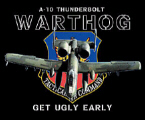


 .
. 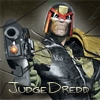
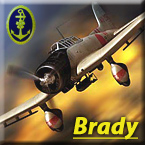




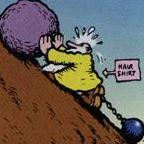

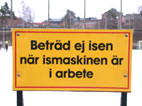

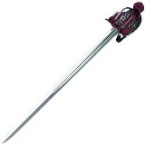



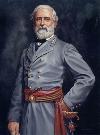


 New Messages
New Messages No New Messages
No New Messages Hot Topic w/ New Messages
Hot Topic w/ New Messages Hot Topic w/o New Messages
Hot Topic w/o New Messages Locked w/ New Messages
Locked w/ New Messages Locked w/o New Messages
Locked w/o New Messages Post New Thread
Post New Thread